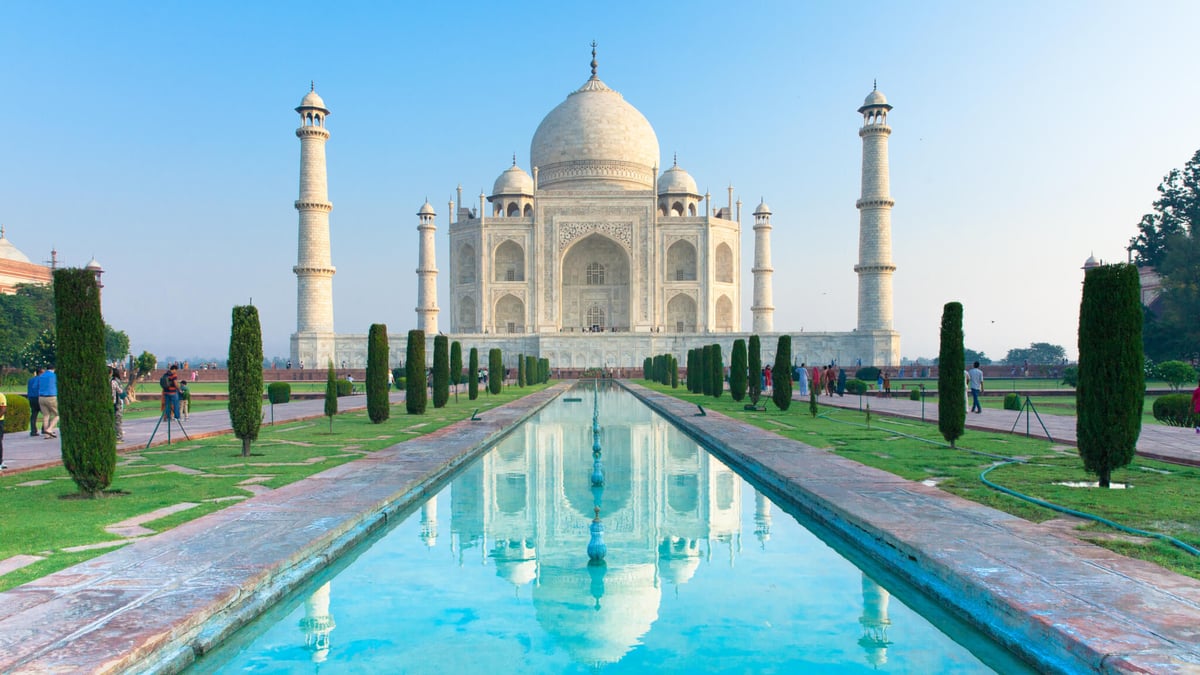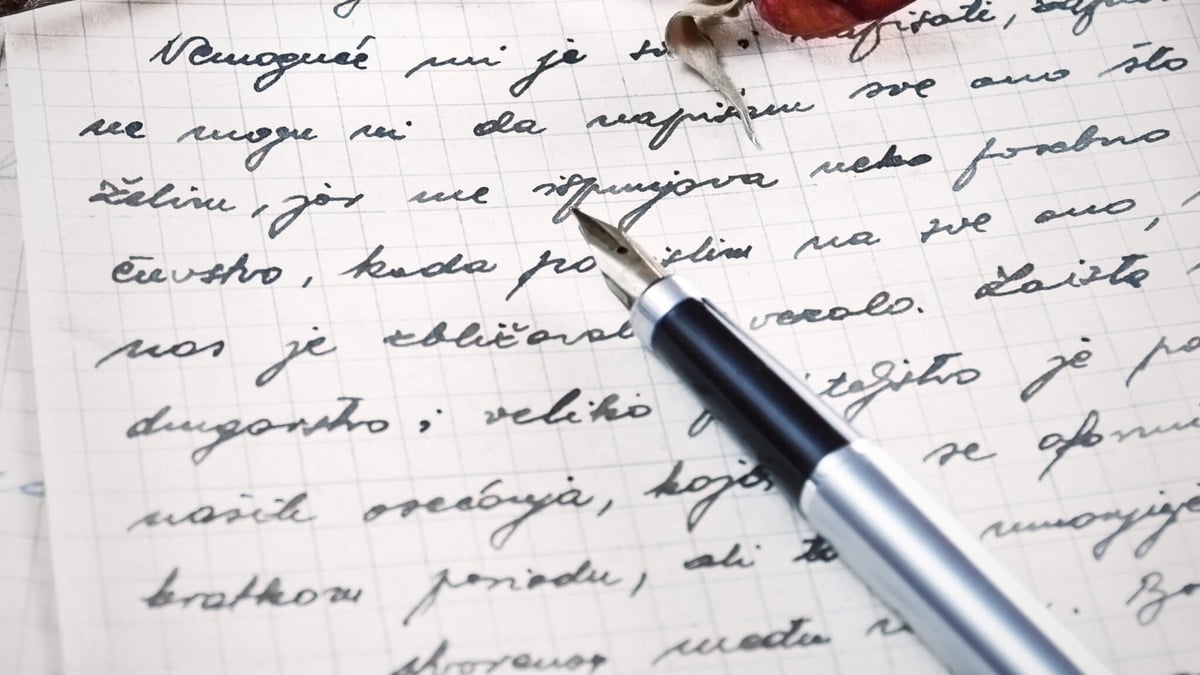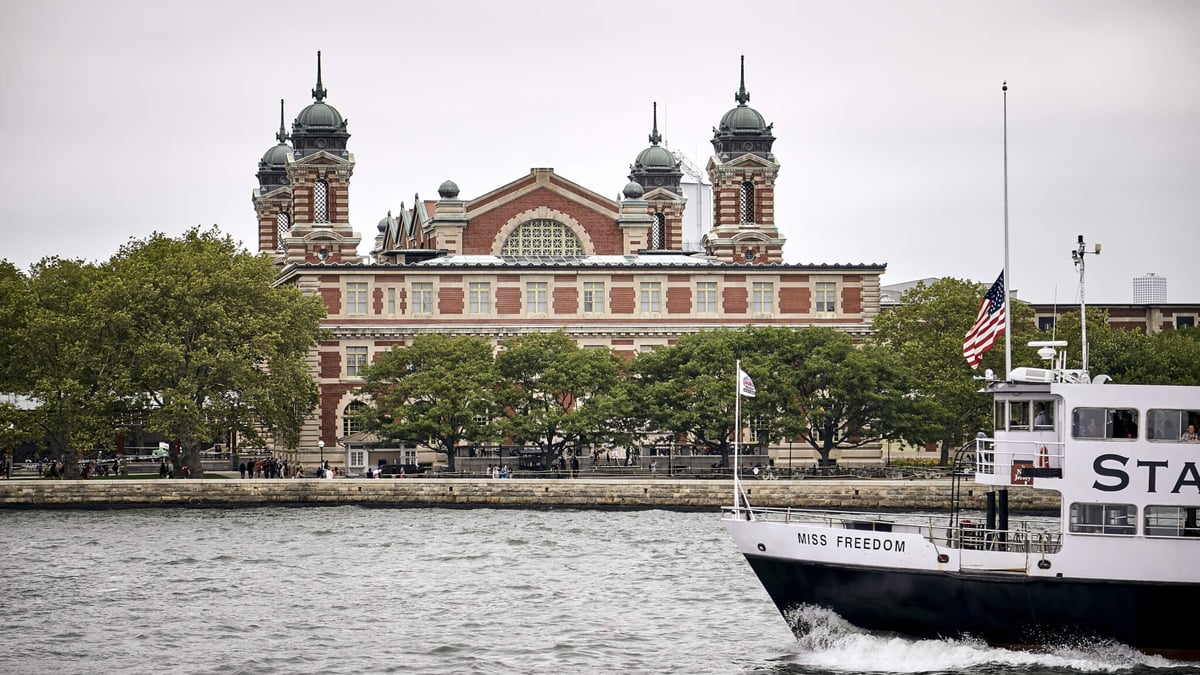Days Of The Year
May Day (May 1st)

Despite being a holiday with a longstanding tradition, May Day is now mostly celebrated as International Workers’ Day (or Labor Day) since the 19th century in many countries around the world. Every year on May 1st, this holiday is meant to honor the achievements of the labor movement and workers, and to advocate for workers’ rights and fair labor practices. However, long before it became associated with the working classes, May Day was a celebration of nature and the beginning of summer, as the day falls between the spring equinox and the summer solstice, since Roman times.
History of May Day
The origins of May Day can be traced back to ancient pagan celebrations of the arrival of spring with various rituals and festivals, including flower picking, making floral garlands, setting up a maypole and crowning a king or queen of May. An example of this was the ancient Celtic festival of Beltane (“lucky fire”), which involved lighting bonfires, dancing, and feasting. In a similar fashion, the ancient Romans celebrated Floralia, a festival dedicated to the goddess Flora, and the extravagant 30-day Maiouma festival every three years, which honored both the god Dionysus and the goddess Aphrodite.
In medieval Europe, May Day was a popular holiday, celebrated with feasting, dancing, and maypole dancing. Believed to symbolize the fertility of the earth, maypole dancing involved weaving ribbons around a tall pole, often decorated with flowers and greenery. In the 18th century, May Day was observed in the Roman Catholic religion as a day consecrated to the Blessed Virgin Mary, and there are several depictions of the Virgin wearing a crown of flowers and portraying her as the “Queen of May.”
Later on, during the 19th and early 20th centuries, the original meaning behind May Day was eventually replaced with the workers’ rights and the labor movement due to the “Haymarket Affair,” an event that marked a crucial moment in the History of the labor movement. On May 1st 1886, workers in the United States went on strike to demand an 8-hour workday, which swiftly took over the entire country. However, on May 4th, a bomb exploded at a labor rally in Chicago’s Haymarket Square, killing several people and wounding many others as the police attempted to break up the rally.
In 1889, May 1st was declared as the International Workers’ Day to commemorate the Haymarket Affair and to call for workers’ rights and better working conditions. Today, May Day is celebrated in many countries around the world as a public holiday and a day of protest and activism for workers’ rights and social justice.
How to celebrate May Day
Due to its widely different origins, May Day is celebrated in several distinct ways around the world according to culture and heritage. In some countries, this day is treated as a public holiday, marked by protests, marches, and demonstrations to honor and advocate for workers’ rights. But others—mostly the European nations—still carry on with the spring festival tradition, which includes outdoor festivals, events, and fairs, filled with food and music, as well as maypole dancing and ribbon weaving, not to mention the crowning May Queen and May King!
-

 Days Of The Year22h ago
Days Of The Year22h agoNational Exercise Day (April 18th)
-

 Days Of The Year22h ago
Days Of The Year22h agoNational Velociraptor Awareness Day (April 18th)
-

 Days Of The Year1d ago
Days Of The Year1d agoInternational Day for Monuments and Sites (April 18th)
-

 Days Of The Year1d ago
Days Of The Year1d agoPoem in Your Pocket Day (April 18th, 2024)
-

 Days Of The Year2d ago
Days Of The Year2d agoNational Ellis Island Family History Day (April 17th)
-

 Days Of The Year2d ago
Days Of The Year2d ago2A Day (April 17th)
-

 Days Of The Year3d ago
Days Of The Year3d agoSelena Day (April 16th)
-

 Days Of The Year3d ago
Days Of The Year3d agoWorld Art Day (April 15th)

















